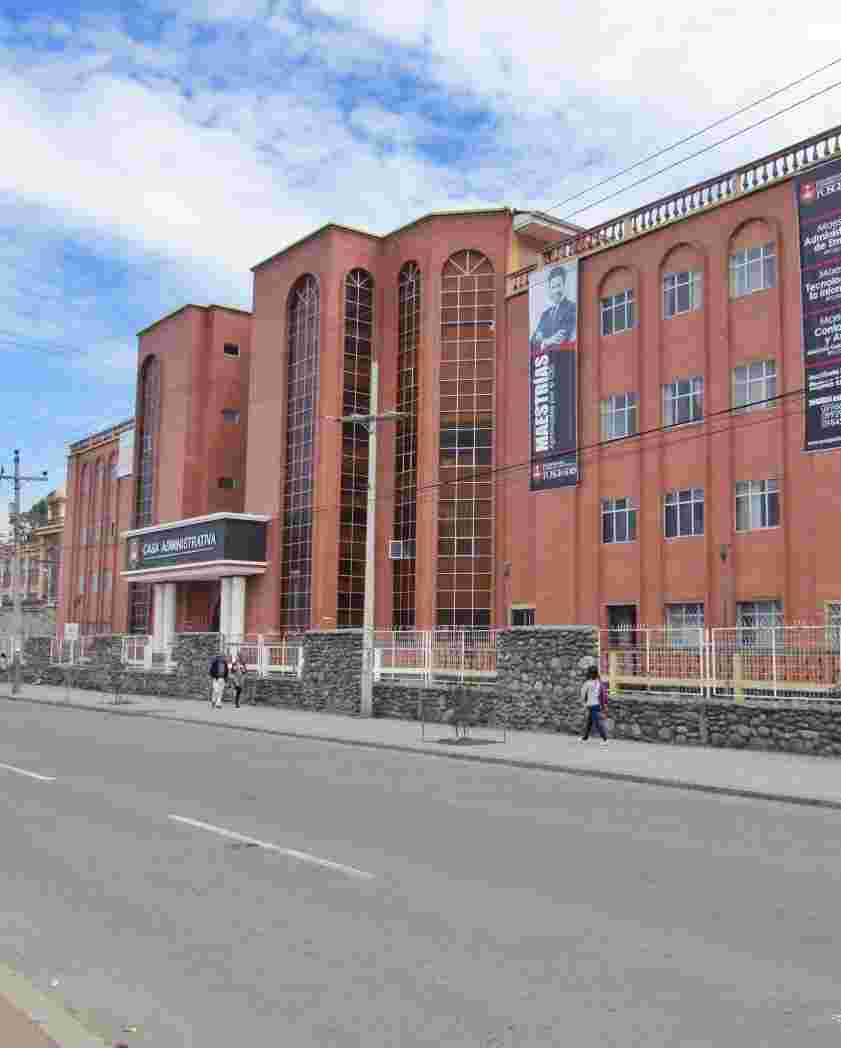Sede Azogues - Medicina
URI permanente para esta comunidadhttps://dspace.ucacue.edu.ec/handle/ucacue/88
Examinar
Examinando Sede Azogues - Medicina por Autor "0104804091"
Mostrando 1 - 1 de 1
- Resultados por página
- Opciones de ordenación
Ítem Acceso Abierto Causas y complicaciones de histerectomía abdominal y vaginal(Universidad Católica de Cuenca., 2021) Cañizares Iñiguez, María Daniela; Rodas Torres, Américo Fernando; 0104804091; ., .lntroduction: The main cause ofhysterectomy is abnormaluterine bleeding, in addition there are purely gynecological causes: fibroids, endometriosis, uterine prolapse and chronic pelvic pain. This process also includes obstetric causes such as uterine rupture dueto dehiscence of the scar from a previous cesarean section, placenta accreta,placentalabruption and uterine atony. Objective: To analyze the most common causes and complications of abdominal and vaginal hysterectomy. Method: The present study is based on a bibliographic review of scientific articles that include the study of causes and complications of hysterectomy, as well as unconventional literature such as pre and post graduate theses, case reports, studies that present valuable information about the subject. The bibliographic sources will be Scielo, Pubmed, Cochrane, Medes and Elsiever. Results: The review of the 35 studies on the subject reported that the causes that origina te the need for this type of surgical intervention are mainly uterine myomatosis, within benign pathologies, and uterine neoplasms, within malignant pathologies. Abdominal hysterectomies show greater complicationsranging from bleeding to grea ter risk of infections, among others. Additionally, a longer hospital sta ys and recovery period. Conclusions: Vaginal hysterectomy is the most recommended but it is not always feasible to perform, so abdominal interventions still predomina te. The wa y to reduce complica tions in hysterectomies is to perform less invasive routes, such as laparoscopic and/or vaginal




